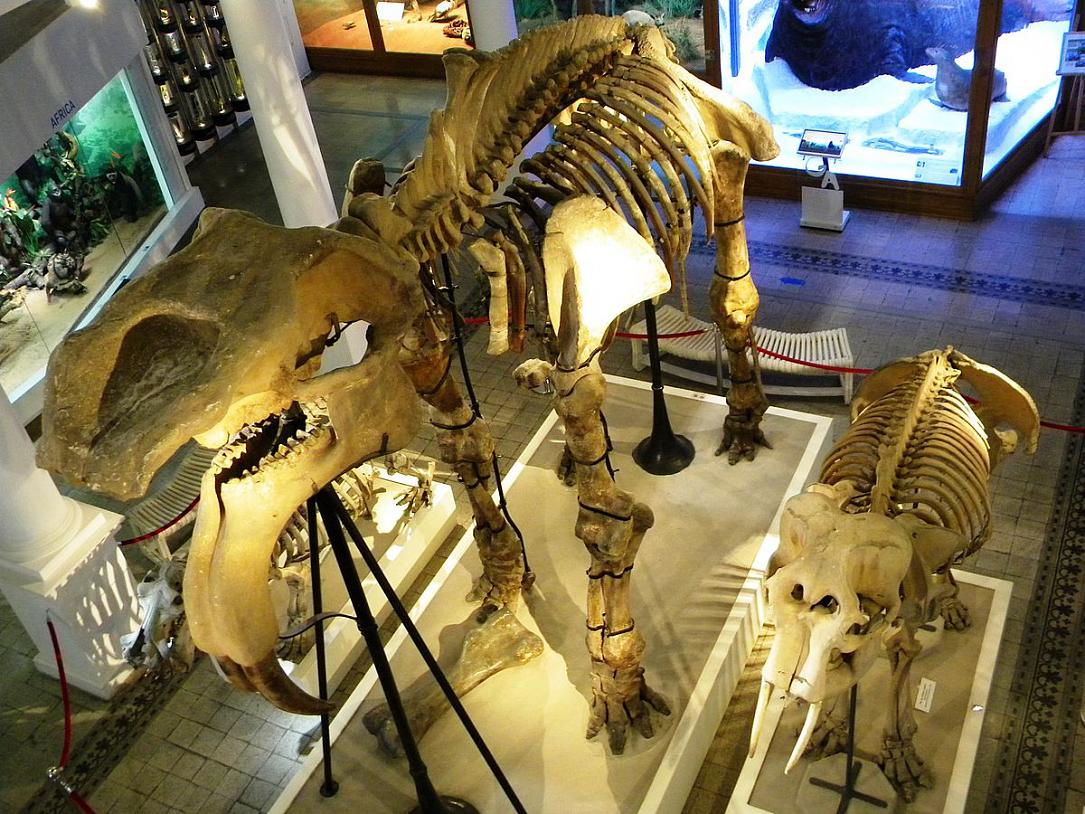Bucharest museum gets Japanese seismic isolation technology



The Grigore Antipa Natural History Museum in Bucharest has installed the μ-Solator seismic isolation device in order to protect one of its most valuable exhibits, the Deinotherium gigantissimum skeleton, in the event of an earthquake. It is the first museum in the country to use the technology.
The 4-meter high skeleton can be seen in the museum’s hallway and is considered one of the most valuable items in the national patrimony. It took nine months for it to be restored after it was damaged in the March 4, 1977 earthquake. It couldn’t withstand an earthquake of a similar magnitude, the museum said. The 1977 earthquake had a magnitude of 7.2 on the Richter scale.
The μ-Solator was developed by Ideal Brain Co., Ltd. and is the thinnest seismic isolator in the world, according to the company. Its mechanism involves two extremely thin plaques, of only 3 mm each. When an earthquake with a magnitude higher than 4 occurs, the system activates itself and completely isolates the object it protects from the movement. In the case of an exhibition stand, the μ-Solator is commonly attached to a base steel plate. This has a stabilizing action in case the load object is light, and prevents the sliding plate from bending by its own weight and touch the floor.
The technology received two Gold awards at the 2016 Good Design Awards. It is used by museums around the world. It is also used to protect servers and data storage spaces in Japan and the US.
“The significant damages to our collections after the two major earthquakes of 1940 and 1977 determined the Grigore Antipa Natural History Museum to be pro-active, and bring and implement the Japanese μ-Solator technology, which allows the protection of valuable exhibits and patrimony items against a major earthquake in Bucharest. This is a pilot project at a European level, so as to allow this innovative technology to be seen and/or tested by anyone who wishes to implement a similar solution,” Luis Ovidiu Popa, the director of the Antipa Museum, explained.
A public demonstration of how the technology works will take place on July 26, in the presence of culture minister Valeriu-Daniel Breaz, of officials from Japan’s Embassy in Romania, and of Takanori Sato, the president of Ideal Brain.
editor@romania-insider.com